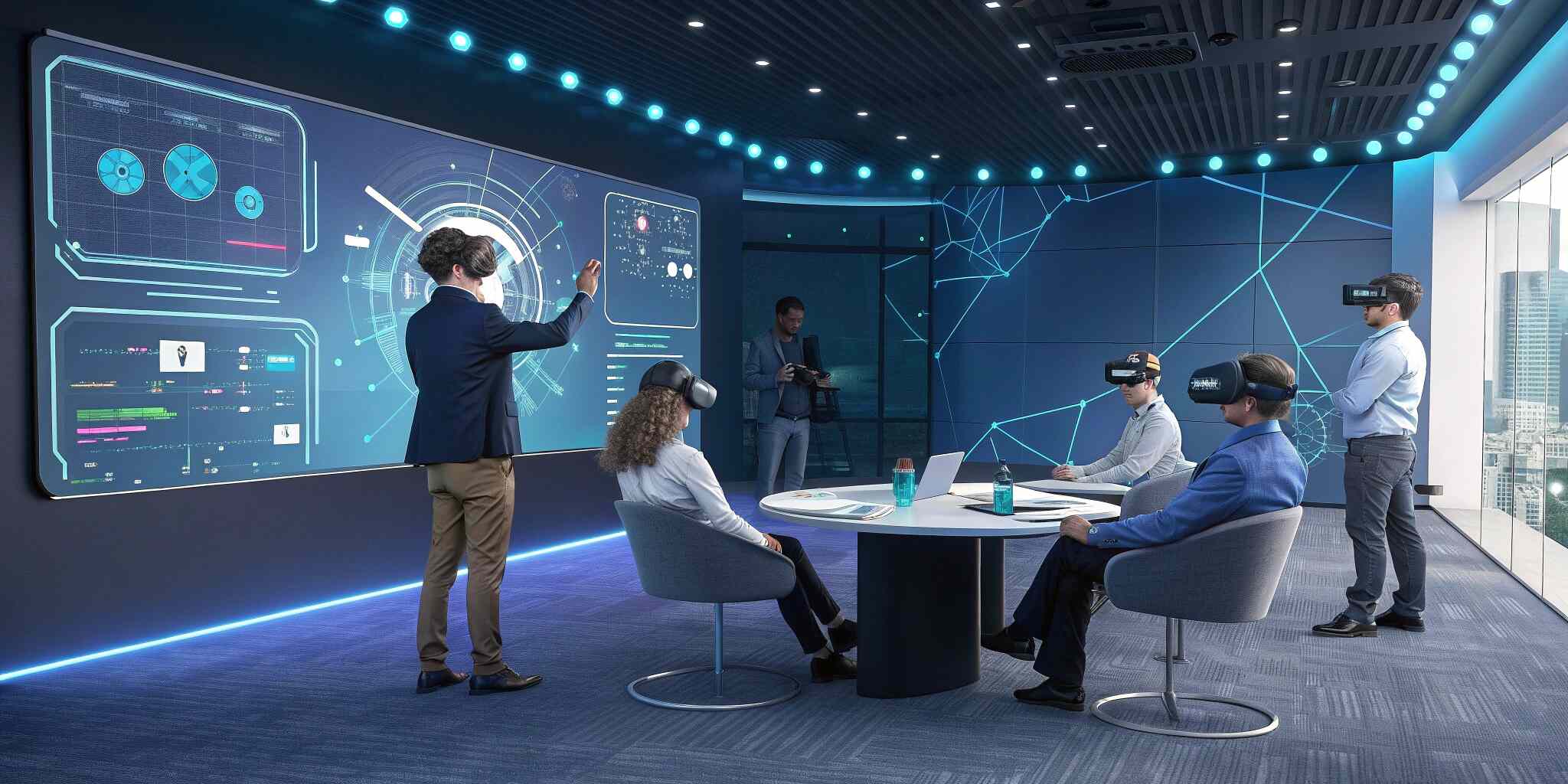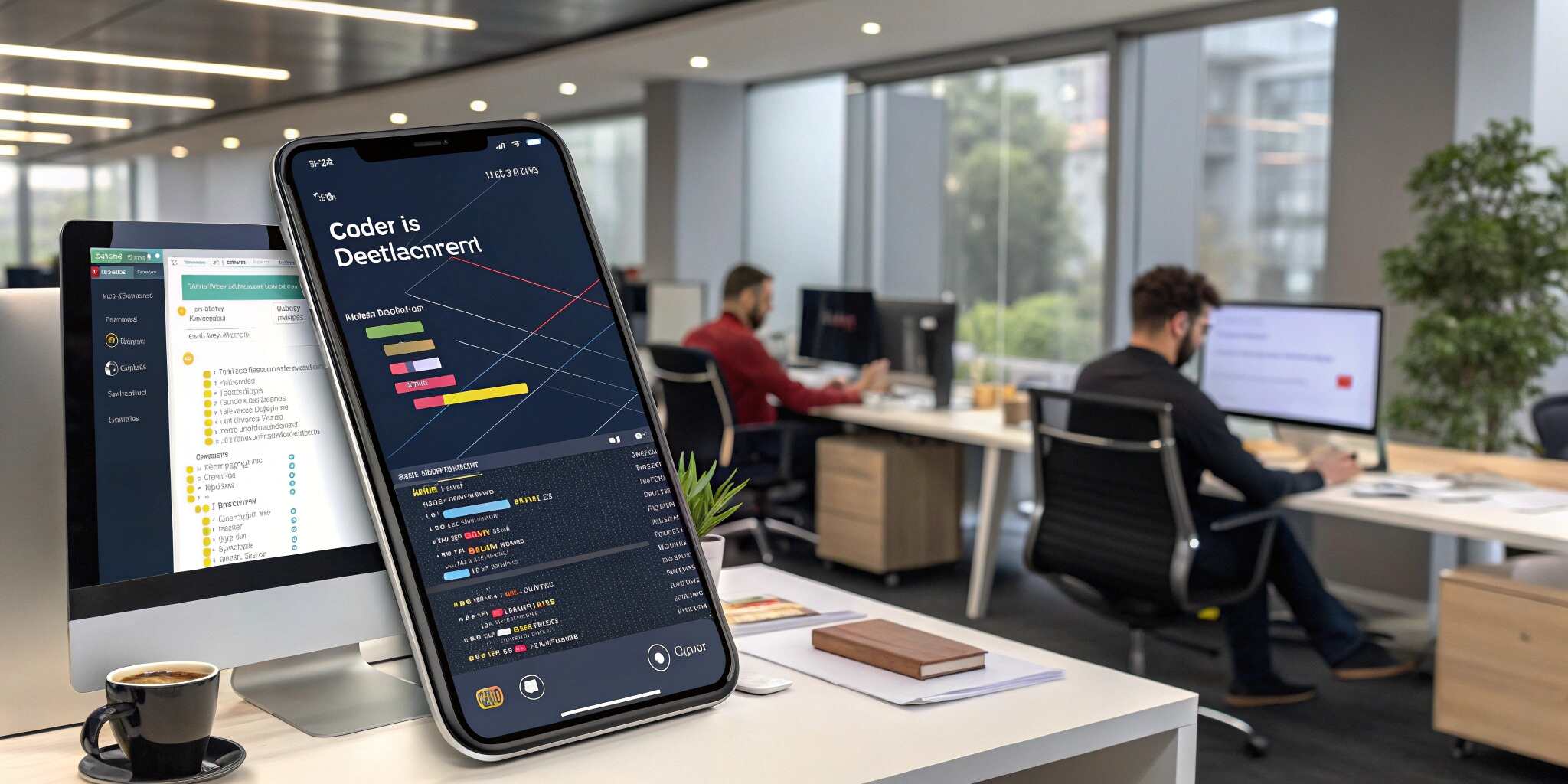Introduction
As immersive technologies like Augmented Reality (AR) and Virtual Reality (VR) become mainstream, developers are seeking tools to build apps that can deliver rich, interactive experiences. Flutter—a popular open-source UI toolkit—has emerged as a game-changer by enabling cross-platform AR/VR development with ease and flexibility.
Why Choose Flutter for AR/VR?
Flutter, developed by Google, is known for its:
- Single codebase for all platforms
- Fast performance with Skia engine
- Rich widget catalog and UI flexibility
- Growing ecosystem of plugins and packages
Integrating AR/VR into Flutter apps allows developers to build immersive experiences while maintaining consistency across Android, iOS, and web platforms.
Key Tools and Libraries for Flutter AR/VR Development
- ARCore (Android) and ARKit (iOS): Google's and Apple's native AR platforms.
- flutter_unity_widget: Embeds Unity in Flutter for high-end 3D AR/VR rendering.
- ar_flutter_plugin: A community-driven plugin for basic AR capabilities directly within Flutter.
- SceneKit + Flutter: For iOS-specific immersive elements.
Use Cases of Flutter + AR/VR
- Retail: Try-before-you-buy furniture or fashion.
- Education: Interactive learning with virtual classrooms.
- Healthcare: VR-based therapy and AR surgical planning.
- Real Estate: Virtual property walkthroughs.
- Gaming: Immersive casual or puzzle games using AR overlays.
Advantages of Flutter in Immersive Development
- Cross-platform delivery reduces development time.
- Custom UI and animations are easier to build and adapt to immersive elements.
- Strong community support with new AR/VR plugins emerging frequently.
- Integration with Unity enables access to powerful 3D engines.
Challenges to Watch
- Device compatibility varies for AR features.
- Performance optimization is critical for smooth immersive experiences.
- Plugin maturity for AR/VR in Flutter is still developing.
- Testing and debugging immersive UIs requires real devices and precise configuration.
Conclusion
Combining Flutter with AR/VR is pushing the boundaries of mobile and cross-platform development. As tools evolve, developers can harness this synergy to create highly engaging, immersive experiences that redefine how users interact with apps.
Flutter isn’t just for beautiful 2D UIs anymore—it’s becoming a bridge to immersive, 3D, and intelligent digital experiences.


